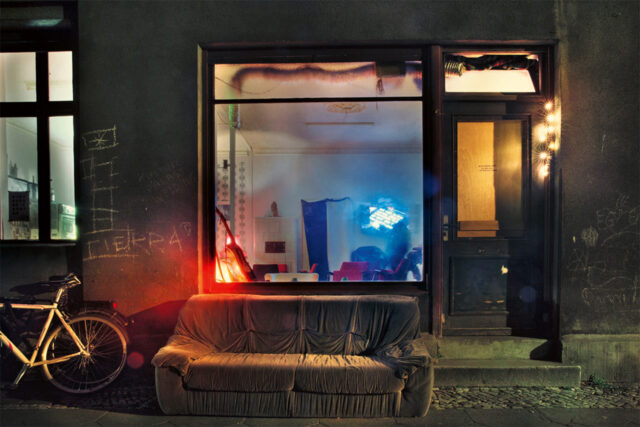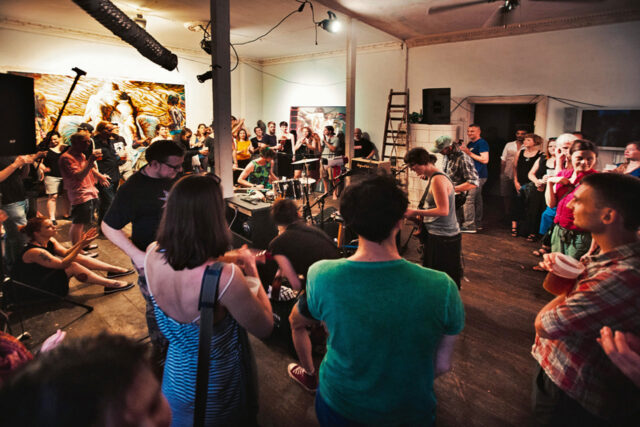
Außenansicht, 2015, Foto: Stefanie Rumpler

Helter Skelter Festival, 2016, Foto: Stefanie Rumpler

Außenansicht, 2015, Foto: Stefanie Rumpler

Helter Skelter Festival, 2016, Foto: Stefanie Rumpler